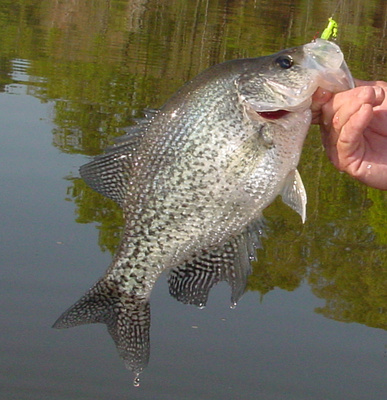Sometimes, I yearn for the good old days, when larger than average bass were called keepers, and every tackle box contained a stringer.
These days, it seems that keeping some species or sizes of fish—within the proper agency limits, of course—is considered a sacrilege among some anglers. They look down their noses at folks who not only love fishing as a pastime, but also do so to enjoy the meat as table fare.
A recent story out of Southern California serves as a prime example.
When Steve Oudomsouk, a 58-year-old naturalized citizen, landed the pending state record, 113-pound blue catfish at San Vicente Reservoir this summer, he followed his cultural instincts–and kept the fish to eat.
Upon catching the behemoth blue, the electronics repairman who immigrated to the U.S. from Laos 28 years ago sought the assistance of his fishing buddies, loaded the fish into their rental boat–and kept fishing.
Oudomsouk’s catch shattered the current state record, a 101-pounder caught and released at San Vicente Lake in March 2000. An environmental scientist with the state Department of Fish and Game confirmed it as a blue catfish, and the last we heard it was awaiting certification by the DFG’s Inland Fisheries division prior to becoming the new official state record.
Longtime San Diego Union Tribune outdoor writer Ed Zieralski reported that the participants on some Southern California-based Internet forums bashed and belittled Oudomsouk for killing and keeping the record blue cat.
“That’s what he knows; he catches fish to eat,” his son, Viraphon, explained to Zieralski.
The younger Oudomsouk also told the outdoors scribe that his father once caught a 20-pound largemouth bass from Lower Otay Lake in east Chula Vista, Calif. If true, that fish would have been among the top 12 largemouth bass ever recorded.
“We ate that, too,” Viraphon said, kind of matter-of-factly.
And why not? After all, it was a “keeper,” right?
Bon appetite.



